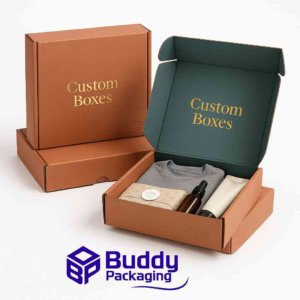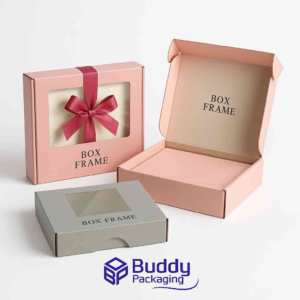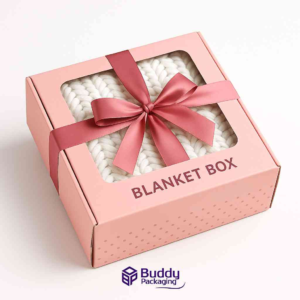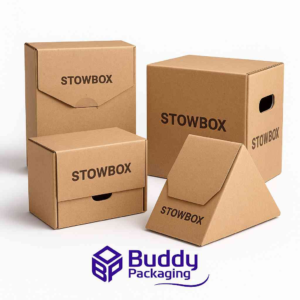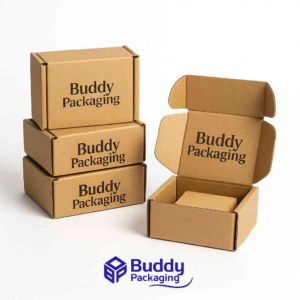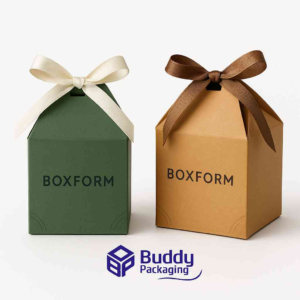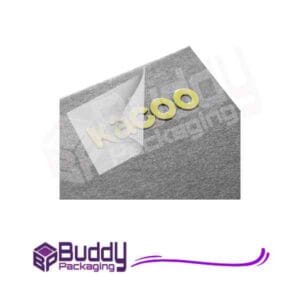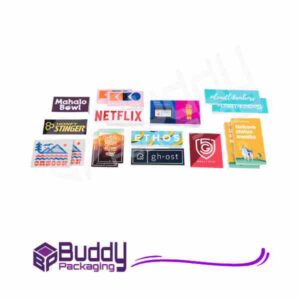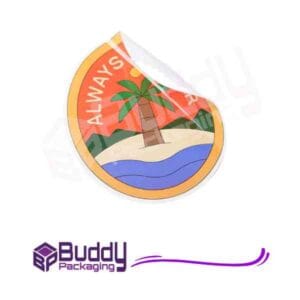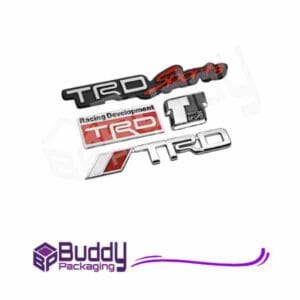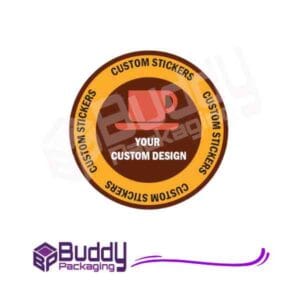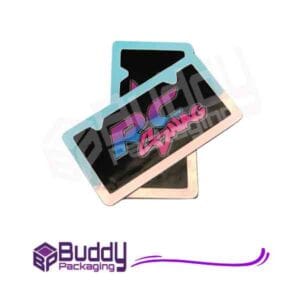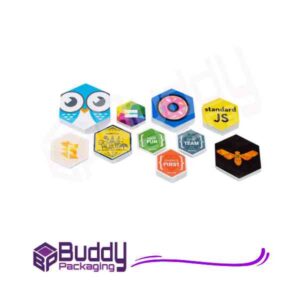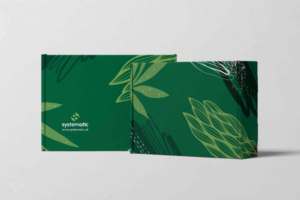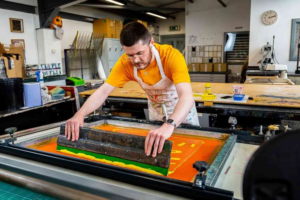Introduction
A packaging designer is more than just a graphic artist creating boxes or labels. They are storytellers who blend creativity, strategy, and consumer psychology to design packaging that not only protects a product but also attracts buyers and strengthens brand identity. From luxury goods to everyday groceries, a skilled packaging designer ensures that every detail communicates the right message and leaves a lasting impression.
In today’s competitive market, packaging is often the first physical interaction a consumer has with a brand. That first impression can make the difference between a product being purchased or ignored. This is why companies, whether small startups or global corporations, rely on professional packaging designers to elevate their product presentation.
What Does a Packaging Designer Do?
A packaging designer develops concepts and visual designs for product packaging. Their role is multi-dimensional, combining graphic design, material selection, typography, colours, and structural design. Unlike general graphic designers, packaging designers work closely with marketing teams, product developers, and manufacturers to ensure the final design is functional, visually appealing, and cost-effective.
The blend of creativity and strategy
A great packaging designer understands that packaging must serve multiple purposes: protect the product, showcase brand identity, meet legal requirements, and connect emotionally with consumers. They use design principles alongside market insights to balance aesthetics with practicality.
Beyond the visuals
Their responsibilities extend beyond the appearance of packaging. They consider eco-friendly materials, printing methods, and consumer usability. For example, designing an easy-to-open box or incorporating recyclable materials demonstrates both innovation and responsibility.
Why Packaging Design Matters for Brands
Packaging is more than a protective layer; it is a marketing tool that communicates directly to the buyer. Studies show that consumers often judge a product’s quality by its packaging.
Building brand recognition
Think of iconic brands like Apple or Coca-Cola. Their packaging designs are instantly recognizable worldwide. This level of recognition comes from consistent design language crafted by skilled packaging designers.
Influencing purchase decisions
Packaging plays a major role in consumer behavior. Vibrant colours, unique shapes, and creative typography often encourage impulse purchases. In a crowded supermarket, well-designed packaging can grab attention within seconds.
Supporting sustainability efforts
Modern consumers increasingly value sustainability. Packaging designers now play a crucial role in promoting eco-friendly alternatives, from biodegradable plastics to minimalist designs that reduce waste.
Skills Every Successful Packaging Designer Needs
The role of a packaging designer requires a mix of technical expertise, creativity, and problem-solving skills.
Strong graphic design foundation
Typography, layout, and colour theory are fundamental. These skills ensure packaging designs are visually balanced and engaging.
Knowledge of printing and production
Understanding printing methods, materials, and finishing techniques is essential. Designers often collaborate with printers and manufacturers, so awareness of processes like embossing, foiling, or die-cutting ensures designs are realistic. For deeper knowledge, exploring resources like print & finishing insights helps designers stay updated with industry trends.
Consumer psychology
A successful packaging designer knows how colours, fonts, and shapes influence buyer emotions. For example, blue often communicates trust, while red conveys energy and excitement.
Technical and software expertise
Tools like Adobe Illustrator, Photoshop, and 3D modeling software are indispensable. Designers also need to prepare print-ready files and understand packaging dielines.
Problem-solving ability
Every product is different. A designer must innovate to create packaging that fits unusual shapes, protects fragile items, or complies with shipping standards.
The Process of Packaging Design
Designing packaging is a collaborative and structured process. While creativity is central, strategy and research guide every step.
Research and discovery
The first stage involves understanding the product, target audience, and competitors. Designers analyze existing market trends to identify opportunities for differentiation.
Concept development
Based on insights, designers create initial sketches and digital mockups. Multiple concepts may be explored before narrowing down to a refined direction.
Prototype creation
A prototype allows teams to see and feel the design in real life. It helps identify functional issues, like whether the packaging is durable or easy to open.
Final production
After revisions and approval, the packaging design moves to production. Collaboration with manufacturers ensures the chosen materials, colours, and finishes match the approved vision.
Modern Trends in Packaging Design
The world of packaging design is constantly evolving. Designers today are embracing new technologies and responding to consumer demands.
Minimalism and simplicity
Clean, uncluttered designs are popular because they communicate elegance and transparency. Consumers often associate minimal packaging with premium quality.
Eco-friendly solutions
Sustainability is no longer optional. Designers focus on recyclable materials, biodegradable plastics, and refillable packaging to appeal to eco-conscious buyers.
Smart packaging
Innovations like QR codes, NFC tags, or AR experiences enhance consumer engagement. Packaging is no longer static—it’s interactive.
Personalized packaging
Brands use custom packaging with personalized messages or limited-edition designs to create exclusivity and stronger consumer connections. Exploring Custom Packaging options allows businesses to tailor designs that reflect their unique brand personality.
Challenges Packaging Designers Face
While the field is creative and rewarding, packaging designers encounter challenges that require adaptability.
Balancing creativity with cost
Designs must look great without exceeding production budgets. Materials, finishes, and shapes all affect pricing.
Meeting regulations
Packaging must comply with industry standards, labeling laws, and safety guidelines. Designers often work with legal teams to ensure accuracy.
Staying innovative
With thousands of products hitting shelves daily, creating designs that stand out while remaining practical is an ongoing challenge.
Career Opportunities for Packaging Designers
The demand for packaging designers is growing across industries. From food and beverages to cosmetics and electronics, every sector relies on packaging to communicate value.
Freelancing and agencies
Some designers work independently, offering services to startups and established brands. Others join creative agencies specializing in branding and packaging.
In-house roles
Large corporations hire in-house packaging designers to maintain consistency across their product lines. This role often involves long-term collaboration with marketing and product teams.
Specialized fields
Designers may specialize in luxury packaging, sustainable solutions, or structural engineering for unique product shapes.
How to Become a Packaging Designer
Becoming a packaging designer requires education, practice, and experience.
Most professionals start with a degree in graphic design, industrial design, or a related field. Building a strong portfolio is essential—showcasing not just visuals but also the thought process behind designs. Internships or entry-level roles provide real-world experience and exposure to the complexities of printing and production. Continuous learning is also key, as technology and consumer preferences evolve rapidly.
FAQs
What does a packaging designer do?
A packaging designer creates packaging concepts that combine functionality, aesthetics, and branding to attract customers and protect products.
Why is packaging design important?
It influences consumer decisions, builds brand recognition, and ensures products are protected and legally compliant.
How much does a packaging designer earn?
Earnings vary by experience and location. Freelancers may charge per project, while in-house roles offer steady salaries.
What software do packaging designers use?
Adobe Illustrator, Photoshop, and 3D tools like Cinema 4D are commonly used for packaging design.
How do I hire a packaging designer?
You can find packaging designers through agencies, freelance platforms, or direct referrals. Look for portfolios that align with your brand’s vision.
A packaging designer is not just an artist; they are a strategist who connects brands with consumers through design. In an era where competition is fierce and first impressions matter, investing in professional packaging design can make all the difference.


